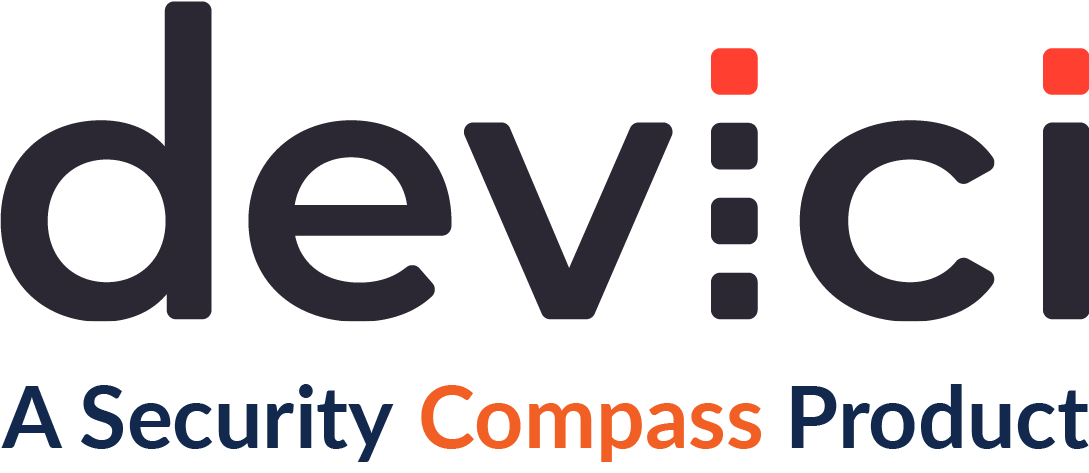The Present and Future Role of AI in Threat Modeling
Note: This blog is based on a webinar that took place between myself, Izar Tarandach, Dr. Kim Wuyts, and Brook Schoenfield. View the full conversation here.
In the rapidly evolving field of cybersecurity, the integration of artificial intelligence (AI) into threat modeling is both a promising development and a challenging endeavor. At its core, threat modeling involves identifying and addressing potential security threats before they escalate into critical issues. With the rise of AI, many are questioning whether this technology can revolutionize threat modeling or if it merely introduces new complexities.
AI in Threat Modeling Today: Reality vs. Expectations
Currently, AI’s role in threat modeling is marked by both potential and pitfalls. AI tools, such as Large Language Models (LLMs), offer the possibility of automating complex tasks, yet their practical application often falls short. While AI can process vast amounts of data and provide insights that might otherwise take much longer to uncover, the output from these models is frequently too generic or inconsistent, necessitating significant human oversight to ensure accuracy.
The Blank Page Syndrome: A Double-Edged Sword
One of AI's key advantages in threat modeling is its ability to overcome the “blank page syndrome.” This term refers to the challenges many professionals face when starting a threat model from scratch. AI can provide a starting point—an initial list of potential threats—to stimulate further analysis. However, this assistance is not without risks. The suggestions AI generates may lack the depth and specificity required, leading to an overreliance on these initial outputs and potentially missing critical threats.
Trust and Verification: The Human Element in AI-Assisted Threat Modeling
A critical issue in the integration of AI into threat modeling is trust. AI, especially in its current form, is not infallible. The transition from deterministic to probabilistic software—where outcomes are based on probabilities rather than certainties—means that AI can and does make mistakes. This reality emphasizes the importance of maintaining a healthy skepticism towards AI outputs. The principle of “trust, but verify” becomes essential.
Therefore, AI’s role should be viewed as that of an assistant rather than a decision-maker. While AI can suggest threats or even propose remediation strategies, the final judgment must remain with human experts. This approach ensures that critical thinking is not sacrificed for the sake of convenience—a concern particularly relevant as AI tools become more integrated into security practices.
The Future of AI in Threat Modeling: Opportunities and Risks
Looking forward, the potential for AI in threat modeling is exciting and fraught with challenges. Over the next few years, we may see AI becoming more specialized, with tools developed specifically to address particular aspects of threat modeling. For instance, AI could be trained on a vast repository of past threat models to provide more tailored and relevant insights. However, there is also a risk that over-reliance on AI could lead to significant security breaches. The consequences could be severe if organizations begin to trust AI outputs without proper verification.
Specialization Over Generalization
One promising avenue is the development of specialized AI tools that focus on particular tasks within the threat modeling process. Instead of expecting a single AI to handle everything—from identifying threats to suggesting remediations—smaller, task-specific AI agents could be used to assist at various stages of the process. These agents would be “infused” into the workflow, providing valuable support without overwhelming the human user or taking over the process entirely.
The Ethical Considerations
As AI becomes more integrated into threat modeling, ethical considerations will also come to the forefront. Issues such as data privacy, the potential for AI to introduce bias, and the legal implications of AI-driven decisions will need to be carefully navigated. Ensuring that AI tools are trained on ethically sourced data and that their outputs are subject to rigorous human oversight will be critical in maintaining the integrity of the threat modeling process.
Conclusion: AI as a Junior Partner in Threat Modeling
Ultimately, the most effective use of AI in threat modeling will likely be as a “junior partner” or apprentice. AI can assist by handling some of the more repetitive or data-intensive tasks, freeing up human experts to focus on the more nuanced and complex aspects of threat modeling. However, this partnership must be approached with caution. AI should enhance, not replace, human expertise. By maintaining a critical eye and ensuring that AI tools are used as part of a broader, human-driven process, we can leverage the strengths of AI while mitigating its risks.
As we move forward, the key to success will be balance. By integrating AI in a way that supports human decision-making without overshadowing it, we can create a future where threat modeling is not only more efficient but also more effective.






